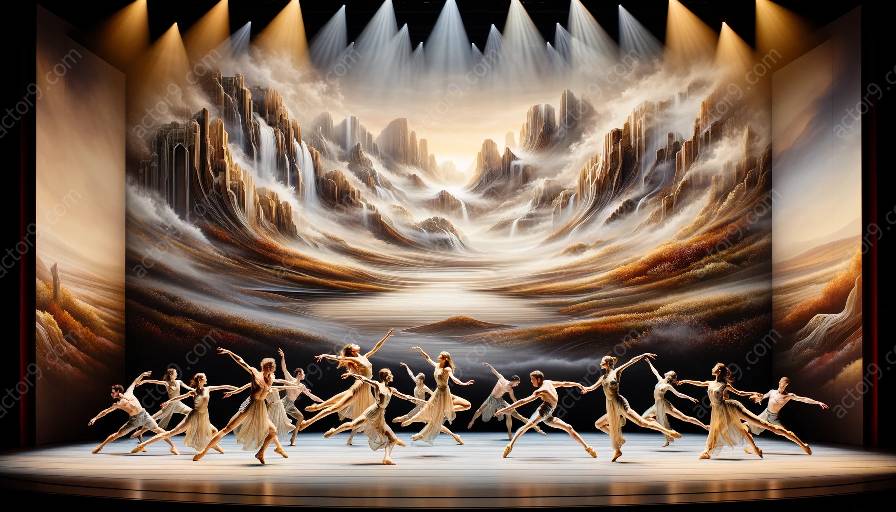Physical theatre choreography is a powerful art form that blends movement, storytelling, and visual aesthetics. In this topic cluster, we will delve into the world of costume design for physical theatre, exploring the considerations, techniques, and key elements that contribute to creating impactful and immersive experiences for both performers and audiences.
Understanding Physical Theatre Choreography
Before delving into the considerations for designing costumes, it's essential to have a foundational understanding of physical theatre choreography. Physical theatre is a dynamic and expressive form of performance that combines movement, gesture, and spoken word to convey narratives and emotions. Unlike traditional theatre, physical theatre relies heavily on the physicality and movements of the performers to convey meaning and evoke responses from the audience.
Physical theatre choreography involves intricate movements, body control, and spatial awareness, often encompassing acrobatics, dance, mime, and gestural language. The performers' bodies serve as the primary means of expression, making costume design an integral part of enhancing and complementing their movements and characters.
Considerations for Costume Design
1. Movement and Flexibility
Costumes for physical theatre must allow for a wide range of movement and flexibility. Performers need to execute complex choreography without hindrance, so the fabrics and construction of the costumes should facilitate unrestricted mobility. Stretchable materials, such as lycra or spandex, are often used to create form-fitting costumes that move with the performers' bodies.
2. Visual Impact
The visual impact of costumes plays a crucial role in physical theatre choreography. Costumes should contribute to the overall aesthetic and storytelling of the performance, enhancing the characters and themes. Bold colors, intricate textures, and striking silhouettes can make a powerful visual statement and amplify the emotive qualities of the choreography.
3. Symbolism and Characterization
Costumes are powerful tools for conveying symbolism and character traits in physical theatre. Designers must consider the symbolic associations of colors, patterns, and accessories to visually communicate the essence of the characters and their relationships. Every costume choice should contribute to the narrative and deepen the audience's understanding of the characters and their emotional journeys.
4. Durability and Safety
Given the physically demanding nature of physical theatre choreography, costumes need to withstand rigorous movement and performance schedules. Additionally, they should prioritize the safety of the performers, with secure fastenings, non-restrictive designs, and considerations for potential physical contact during intense sequences.
Key Elements of Costume Design
Successful costume design for physical theatre choreography incorporates several key elements that harmonize with the performance and elevate the overall experience:
1. Collaboration
Costume design in physical theatre is a collaborative process that involves close coordination with choreographers, directors, and performers. Designers must understand the vision of the production and work closely with the creative team to align the costumes with the artistic concept and choreographic nuances.
2. Emotional Resonance
Costumes should evoke emotional resonance and connection with the audience. Each costume choice can evoke specific moods, feelings, and cultural references, enhancing the audience's engagement and understanding of the performance.
3. Adaptability
Costume designs should be adaptable to various performance spaces, lighting conditions, and staging configurations. They should be versatile enough to maintain their impact and visual appeal across different contexts and environments.
4. Innovation and Creativity
Incorporating innovative and creative approaches to costume design can invigorate physical theatre choreography. Unique materials, unconventional silhouettes, and inventive techniques can push boundaries and offer fresh perspectives, enriching the artistic expression of the performance.
Conclusion
Designing costumes for physical theatre choreography is a multifaceted and dynamic process that intersects the realms of movement, visual storytelling, and emotional communication. By considering the unique demands and artistic aspirations of physical theatre, costume designers can craft compelling costumes that harmonize with the choreography, amplify the performers' expressions, and immerse audiences in the captivating world of physical theatre.




































